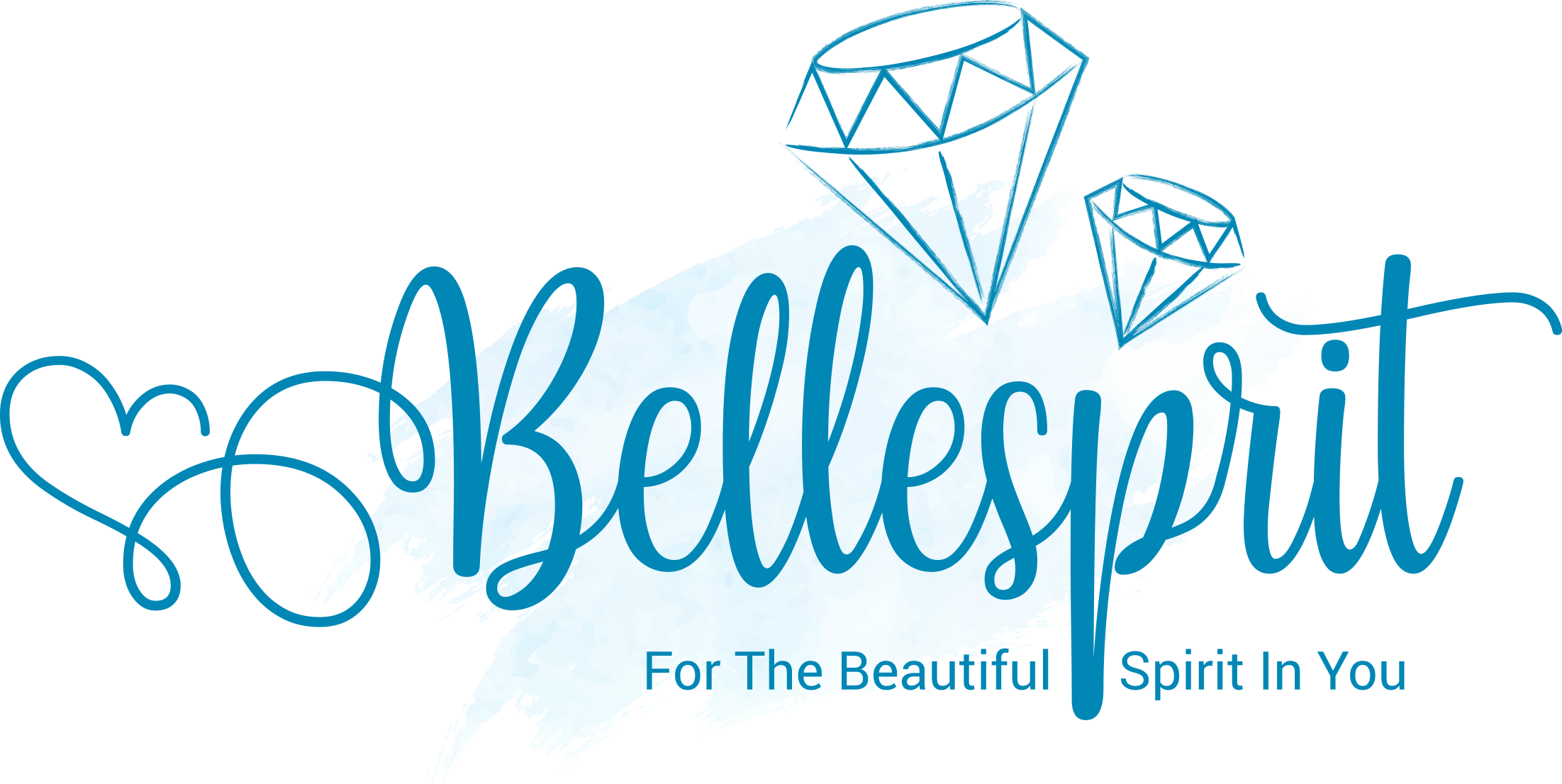Sandi discusses makeup secrets, skin breakouts, razor bumps, and answers your skin care questions.
Makeup Secrets
 To get the best results you need to start your makeup routine with the best tools.
There are eight basic brushes that you will need to apply makeup like a pro.
To get the best results you need to start your makeup routine with the best tools.
There are eight basic brushes that you will need to apply makeup like a pro.
- Foundation brush
- Concealer brush
- Fluffy powder brush
- Blush brush
- Flat eyeshadow brush
- Small blending brush
- Precision angle brush
- Lip brush
The closer you hold a brush to the brush head the more pressure you will be putting on it.
Makeup secrets to choosing the right eye colors
Look at the colors side by side as this helps to make them stand out more than if you put on top of each other as that would cancel each color out. Isn’t that so contrary to what we were taught about colors?
Blue eyes – Orange is the opposite of blue, so anything with orange in it will make blue eyes stand out.
Green eyes – Red is the opposite color for green. Colors with red undertones will work to pop the green eyes. Deep plum and wine work really well.
Brown eyes – Brown is neutral so any color will work yet purple and blue are the most standout colors.
Makeup secrets to how to make your eye shape look different
Droopy or heavy lids this will work. Apply highlighter above your crease, from the inner to the outer lid. Then blend a shadow to the area you want to push back. Be sure to blend the shadow to the highlight.
Small eyes – Apply a beige-colored eyeliner to your lower inner rim. This will help to open your eyes. Next apply a black pencil to both the upper and lower lash lines, connecting the lines at the outer corner. Blend the liner with the shadow going outwards. Remember, wherever you place the darkness is where your eye will go. Smudging gives the illusion that your eyes are taking up more space on your face.
Add length and lash fullness – f you want to lengthen your eyes apply a black pencil line to your upper inner rim. It will also shape the appearance of the eyes, giving more fullness to the natural lash line.
 Breaking Out and You’re All Grown Up?
Breaking Out and You’re All Grown Up?
Gees, wouldn’t you think that once we get beyond our twenties we would be done with those annoying breakouts? Adult acne can affect your skin into your thirties, forties and even fifties; whether it is carried over from your teenage years or it’s new.
I know you’re probably asking why. Well, it seems that excessive oil, dead skin, and bacteria accumulate in your skin’s pores and clog them. This is when the blackheads, whiteheads, pustules, and lumps in your skin begin to appear.
Here are some reasons this happens at different times during your life:
Skin care products – Some products, including sunscreens and hair styling products, can trigger acne in some people.
Medications – Often acne is a side effect of some medications like corticosteroids (for asthma) and anticonvulsants (prevent seizures).
Stress – Stress increases the production of hormones that can increase stimulation of oil production in the skin causing acne to flare.
Birth control medication – These pills can contain a hormone such as progestin, which increases the risk of developing acne. Often when a person starts and then stops using birth control pills they find that acne is a problem. Some of these drugs actually help keep breakouts under control.
Menopause – The fluctuation of hormones during this phase are usually the culprit.
Menstrual cycle – Due to the fluctuations in hormone levels when this cycle begins some find that adult acne occurs around the time of their ovulation.
Medical conditions – Adult acne can be associated with some medical conditions such as adrenal gland problems.
Genetics – Usually if a close family member suffers from acne you are at a higher risk of developing adult ace.
Razor Bumps
Razor bumps, pseudo folliculitis barbae (PFB), are hairs that stay inside the hair follicle and begin growing into the skin. Although this often seems to be a common problem for men after they shave, this condition may appear on other parts of the body on women as well as men. The bikini area and underarms are frequently afflicted with this problem. Those ingrown hairs are often red and cause irritation. It’s the curly hairs or hairs that have spirals which are most prone to causing razor bumps as the hairs curl back into themselves and then clog the follicles.
Don’t panic! The good news is that there are some home remedies that can help.
Witch Hazel
This is a natural antiseptic that reduces inflammation in the skin. Apply it directly on the razor bumps to reduce the redness and irritation.
Aloe Vera
Aloe is the go-to remedy that helps soothe irritated skin. You can use it directly from the plant by squeezing the gel directly onto the skin. If you go for a commercial brand be sure to get one that doesn’t have artificial colors or fragrances.
Hydrocortisone Cream
This is another anti-inflammatory remedy. Apply a small amount directly to the razor bumps.
Tea Tree Oil
Tea tree oil is a natural anti-bacterial agent. You must dilute it with a little water since the pure oil is very potent.
Lemon Juice
The acidic property of lemon juice will help to stop bacteria from growing in the hair follicles which reduces the risk of an infection. Apply it directly to the bumps, this can sting a little when you first apply it.
White Tea
The tannic acid in the tea helps to reduce inflammation. Wet the tea bag and press it against the affected skin to reduce swelling and redness.
Hot Compress
Make the compress by soaking cotton wool or a face cloth in hot water and gently pressing it on your skin. The heat will open the pores, allowing trapped hair to become free.
You Can Prevent Razor Bumps
- When you shave, wet the skin with soapy water first to soften the hairs and open the pores.
- Use a thick shaving gel when shaving.
- Always shave in the direction the hair is growing.
- Try not to stretch the skin when you shave.
- Use an electric razor that allows you to adjust the blade avoiding the closest setting.
- Apply a moisturizing cream after shaving.
Unfortunately, the bad news is, razor bumps can and do often reappear after shaving.
Using Milk for Your Skin
Milk has been used in baths for centuries. Cleopatra favored milk baths to hydrate and replenish her skin, giving her glowing, radiant skin. Milk actually plays a role in not only maintaining the beauty of skin; it also helps to keep skin healthy.
Here are some of the uses for milk in your skin care regime:
Soothe Skin Irritations: Apply sweet milk, sour cream or butter milk on irritated or sensitive skin. Milk helps to lighten red spots, heal wounds and reduce allergic reactions. It does not work as well with fat-free milk.
Shrink Pores: Dairy products are effective in counteracting large pores. Apply sour cream or sour milk on your face and neck. Leave it on for about 15 minutes and rinse. It’s the lactic acid in the sour milk or cream that is responsible for shrinking the pores.
Improve Your Complexion: Apply raw or whole milk all over your face and neck. Leave it on for 10 minutes then rinse. Your skin will be smoother and softer. The fat in the milk is important. You could also make a face pack by mixing 2 tablespoons of milk with 1 tablespoon of honey and 1 tablespoon of lemon juice. You can leave this on your face for 10 minutes. This preparation will act as mild bleach.
Cleanser: Use raw milk on a cotton ball to wipe your face and then rinse after 5 minutes. If you do this daily you will begin to notice that your skin is squeaky clean and it will be fair and supple.
Smooth Skin: Make a face and body scrub by mixing a cup of milk with 3 tablespoons of oatmeal. Apply it like a scrub, allow it to dry then rinse with warm water.
Smooth Fine Lines and Wrinkles: Make a paste using one half of a banana (mashed) and a few teaspoons of raw milk. Apply the paste to clean, damp skin. Leave it on for 15 minutes then rinse. Fine lines will be smoother and you will have a natural glow.
Treat Sunburns: Buttermilk is great for sunburnt and suntanned skin. Apply the milk directly on your skin to soothe and heal.
Sandi’s Q&A
Q: I am a 36 year old man who eats right, exercises and drink lots of milk yet I still get zits; what’s up with that?
A: It could have a lot to do with dairy in your diet. Milk is loaded with fat and hormones which in turn increases your testosterone production. This may be beneficial in some ways but for your skin it is not. This increase stimulates the glands in the skin producing oil and leads to clogged pores and acne.
Q: How can I get rid of black circles under my eyes?
A: It depends on the cause, often it can be a symptom of an underlying medical issue. Otherwise you can try one of these remedies:
- Massage virgin coconut oil under each eye, leave it on for about 20 minutes then rinse. You can repeat this 2-3 times per day.
- Chill 2 used green tea bags then apply to each eye for 10-15 minutes. The bags contain caffeine and antioxidants which should take care of your problem.
Q: What is the best ingredient for anti-aging?
A: The gold star is still AHA products. (Alpha hydroxy acid)
Q: What is the best way to put self-tanner on my face?
A: Prior to application cleanse your face and apply moisturizer around your eyes, along your hairline and on your eyebrows. Wash and dry your hands and then in a well-lit area, apply the tanner like you would a moisturizer using quick circular motions using your fingertips. A good guide is to apply where the sun naturally hits: nose, chin, cheeks, and forehead. Blend just as you would foundation. Be sure to wash your hands immediately after application.
If you would like to submit a question to Sandi’s Skin Talk please email: sandra.smith315@gmail.com
Views:]]>
 To get the best results you need to start your makeup routine with the best tools.
There are eight basic brushes that you will need to apply makeup like a pro.
To get the best results you need to start your makeup routine with the best tools.
There are eight basic brushes that you will need to apply makeup like a pro.


